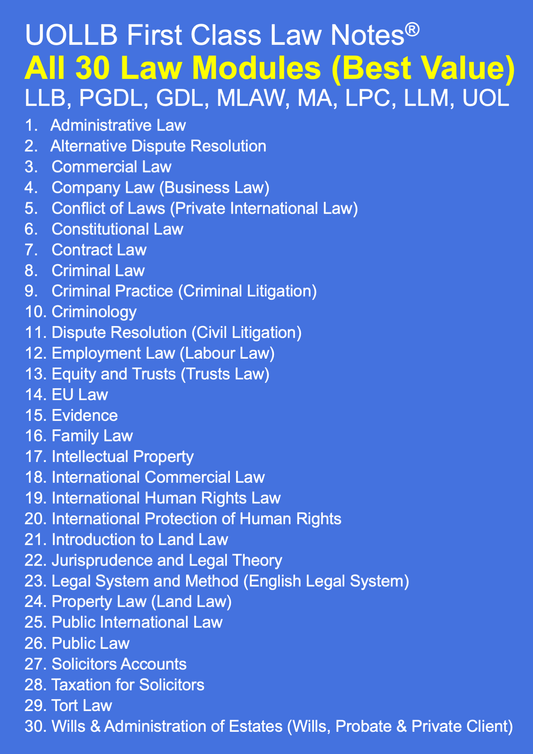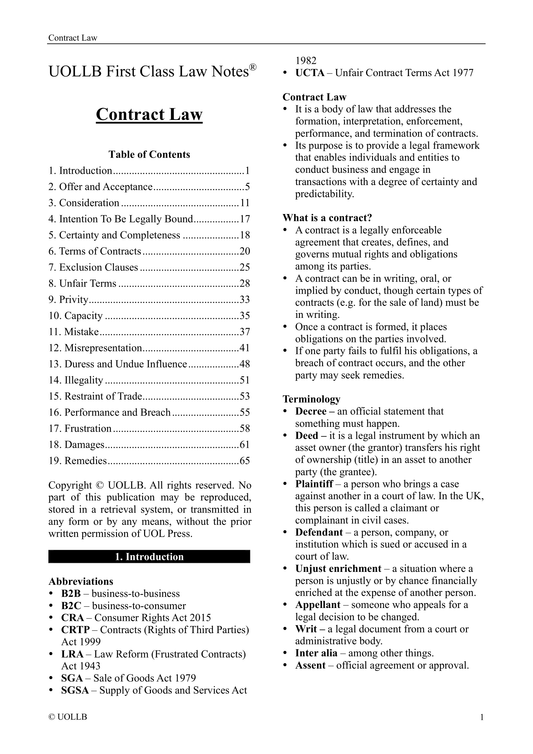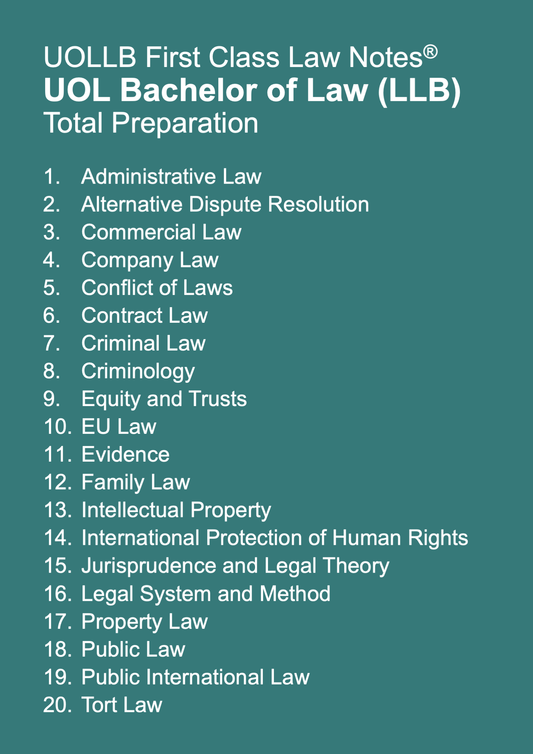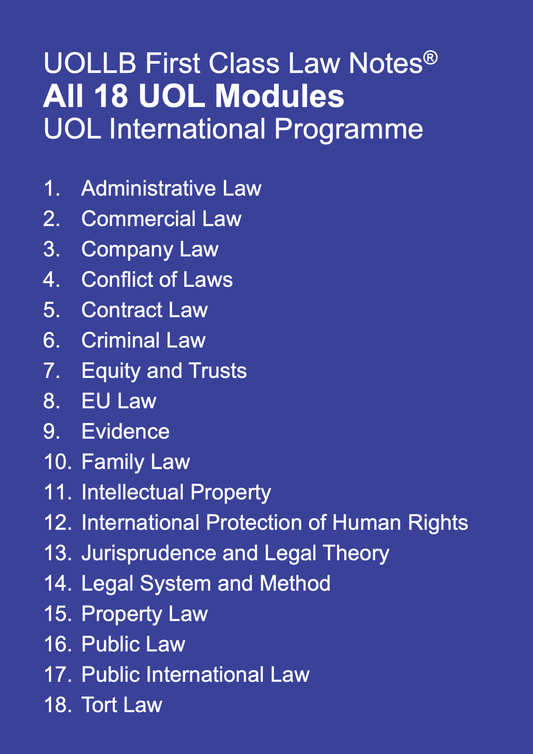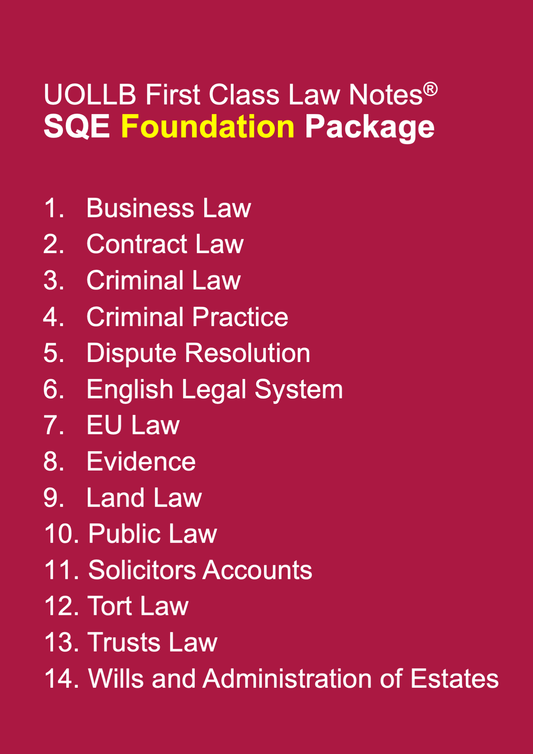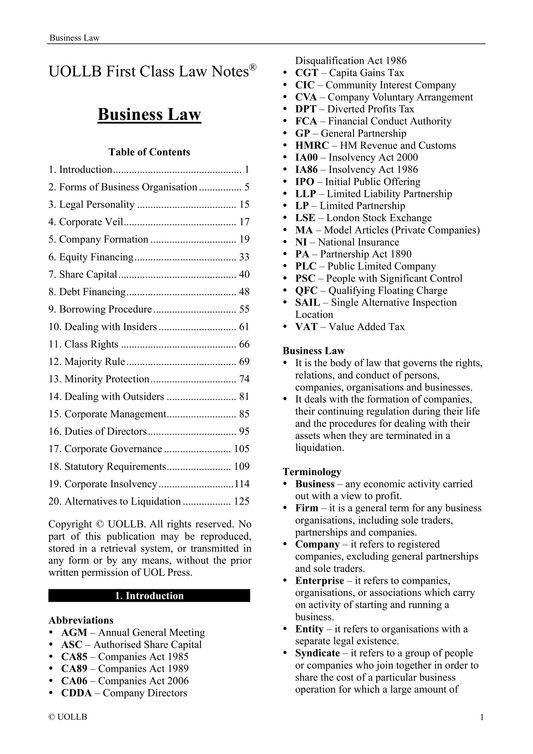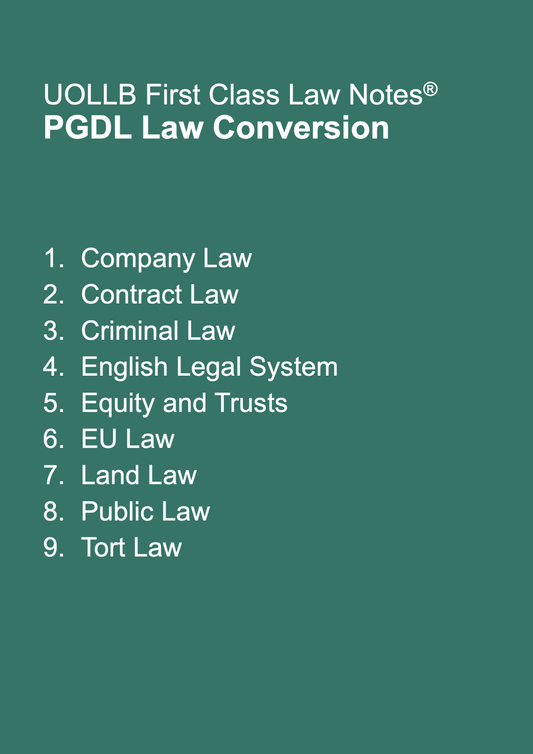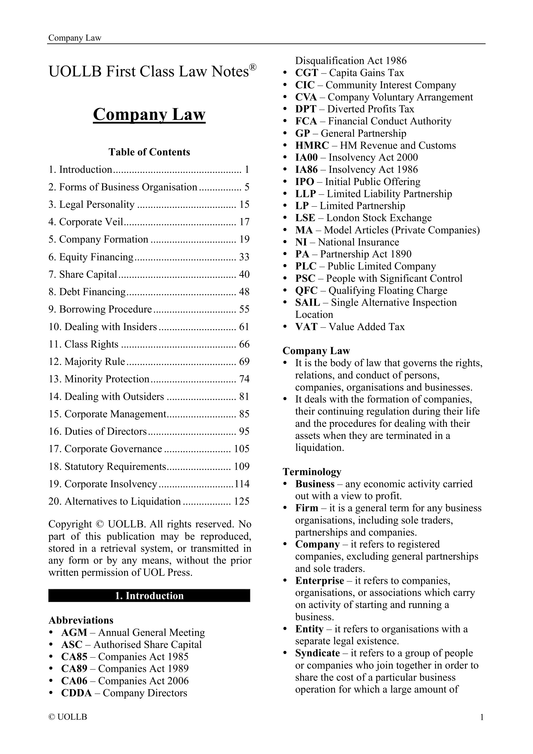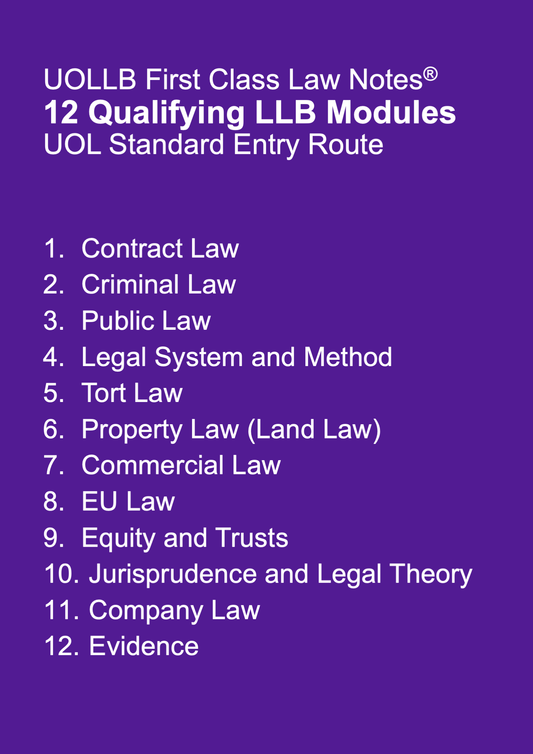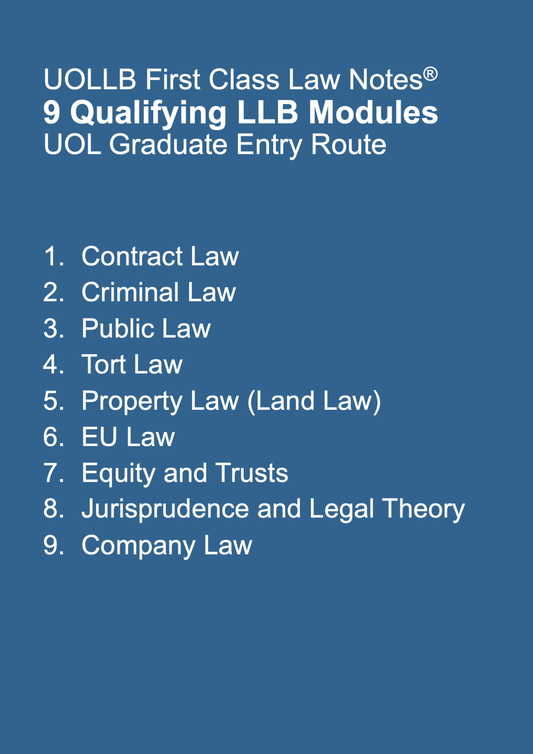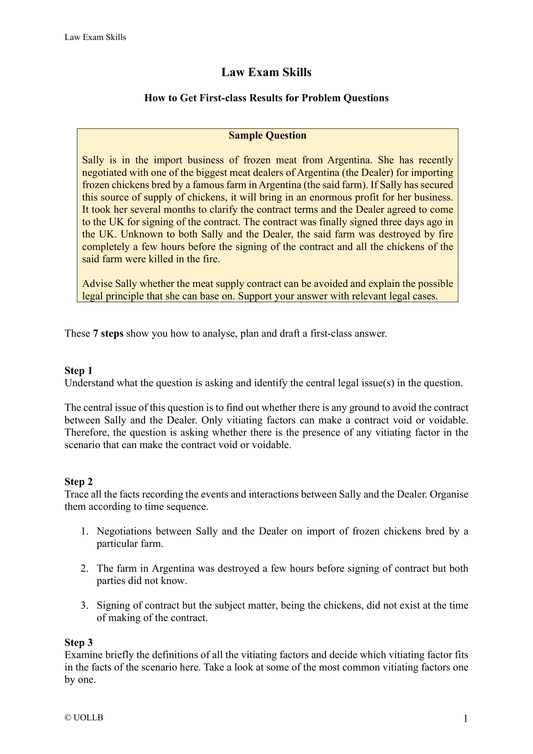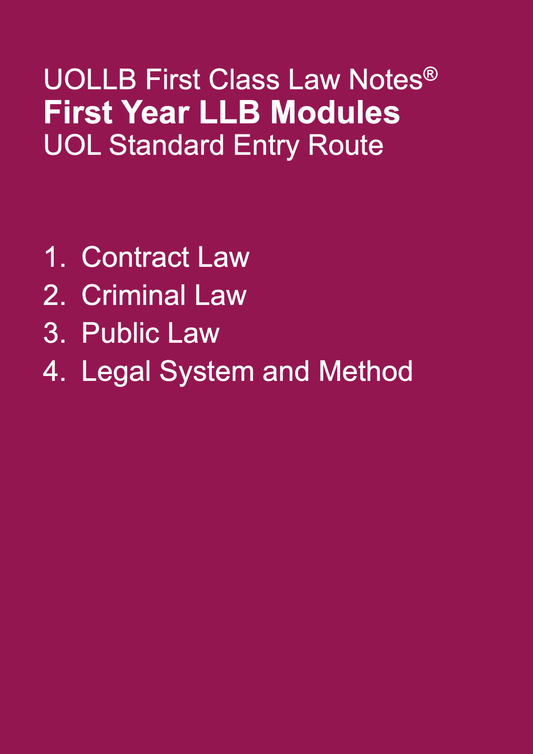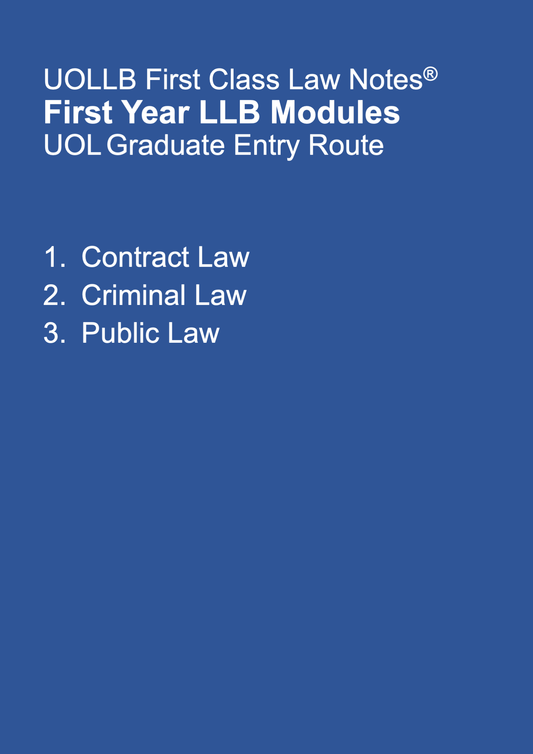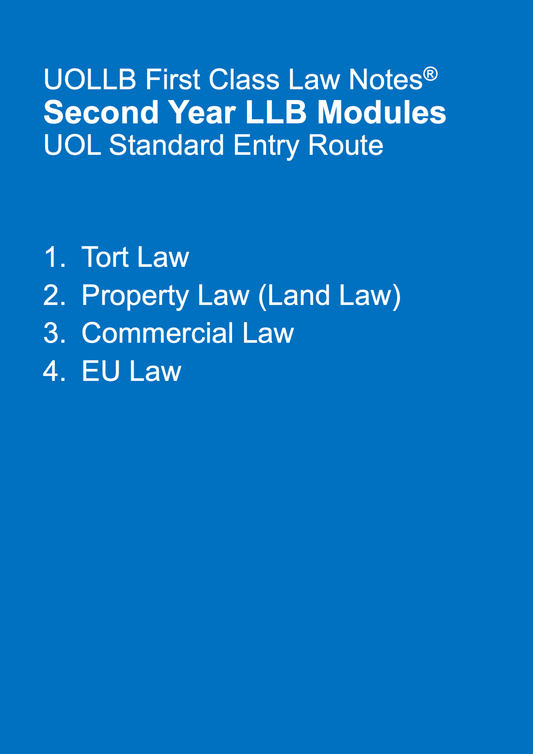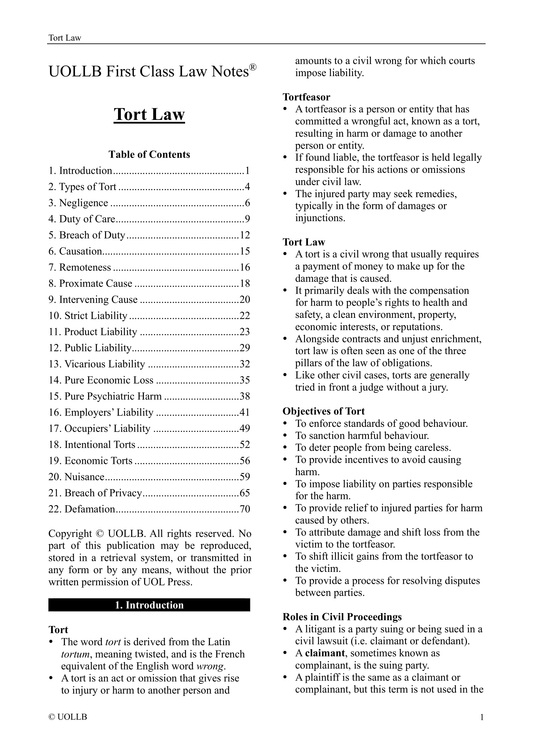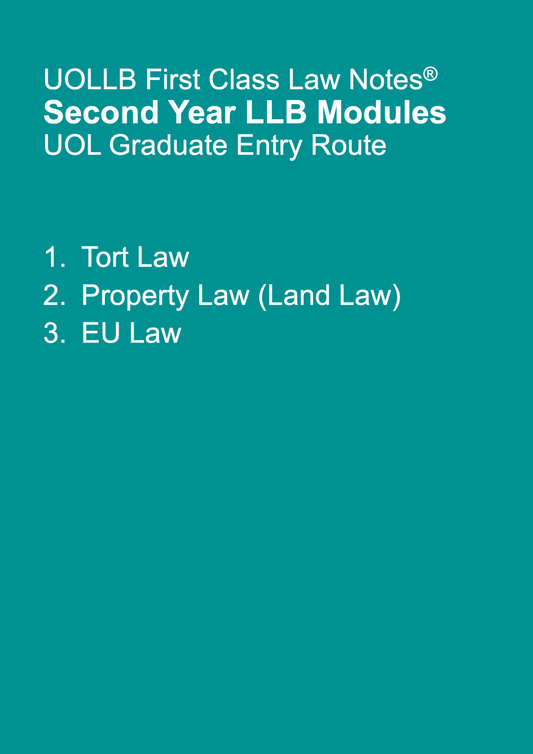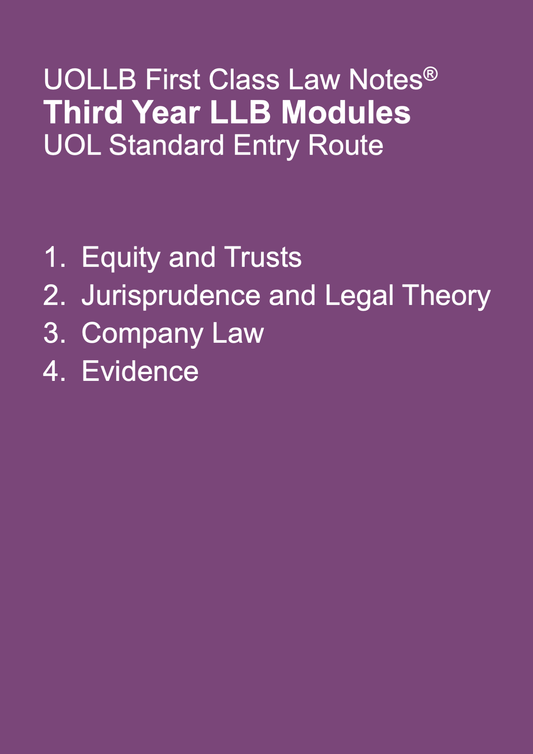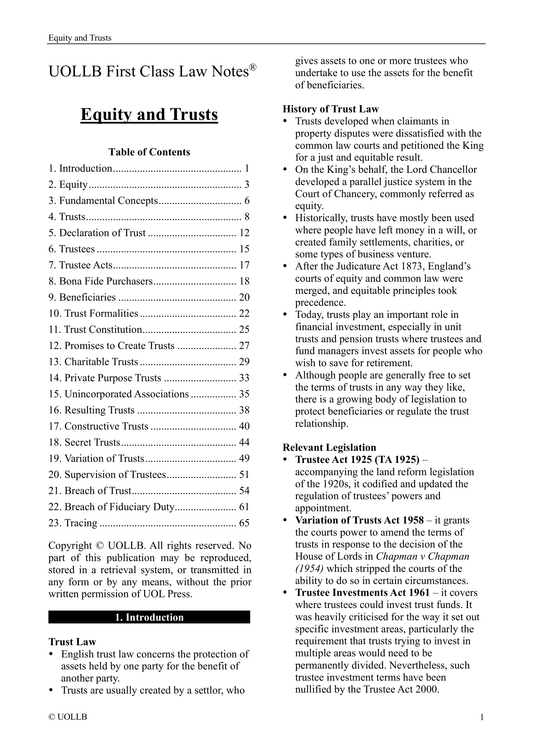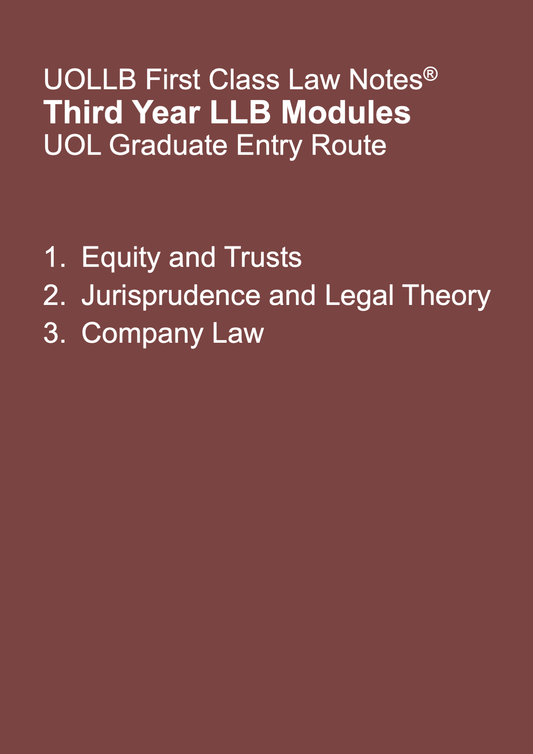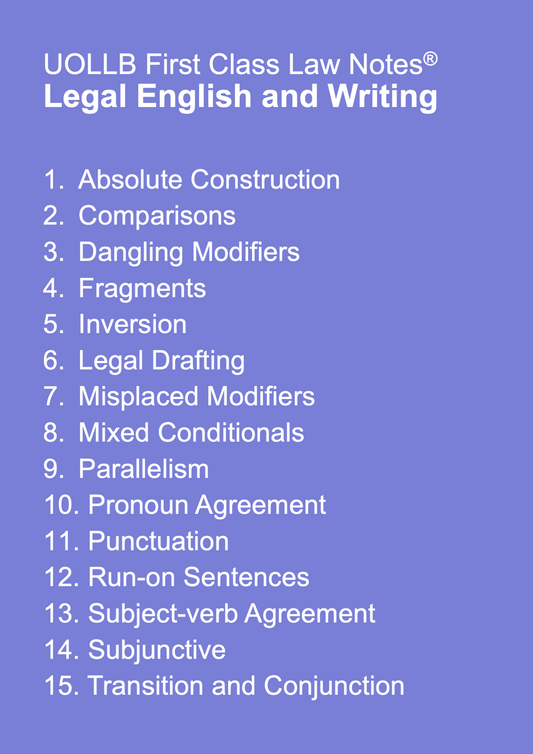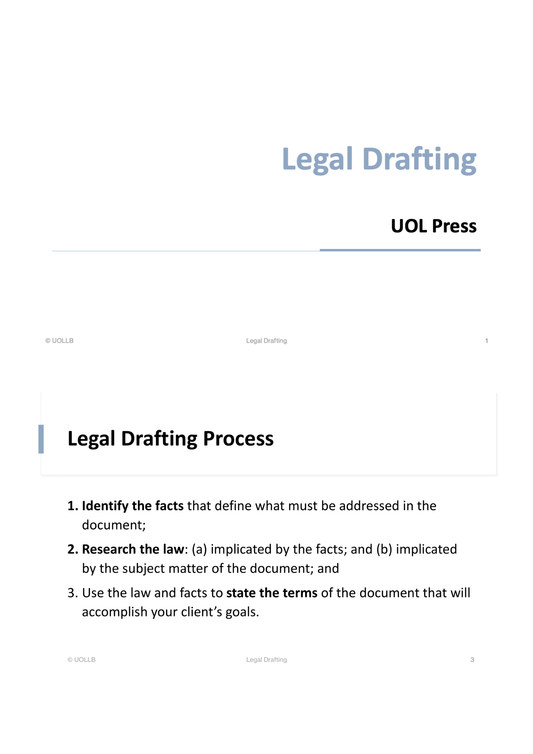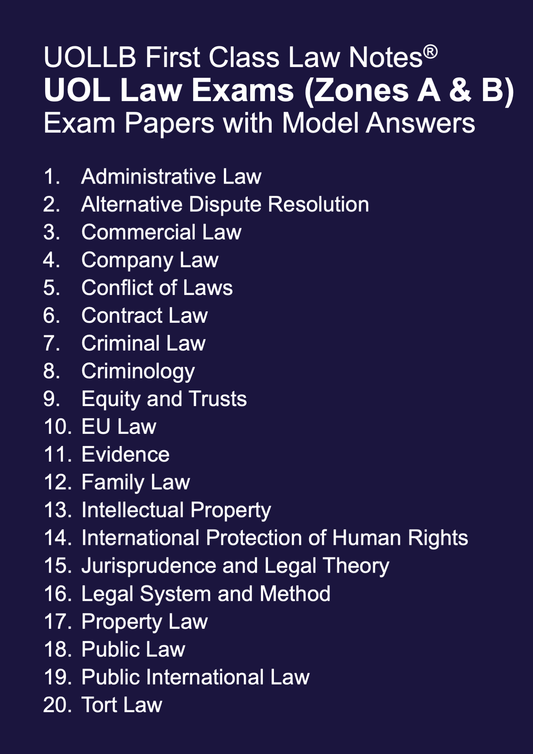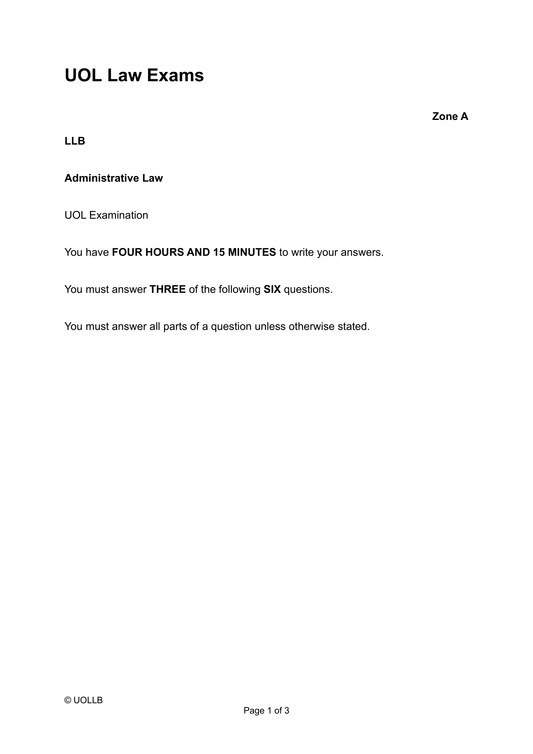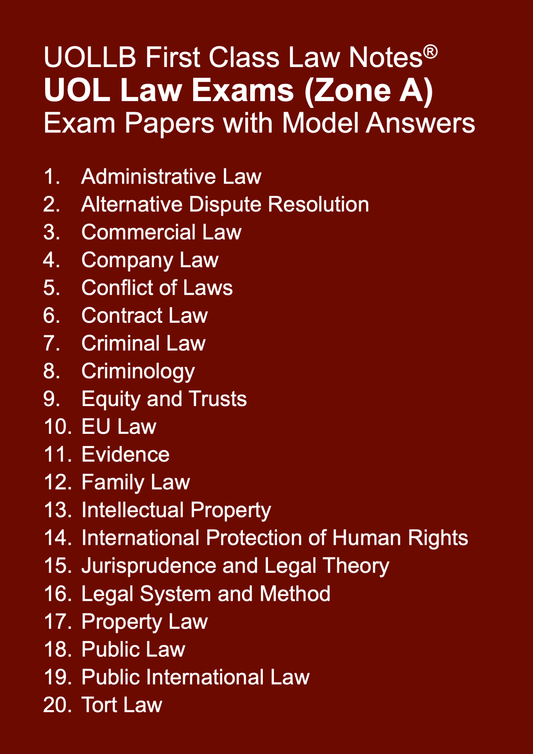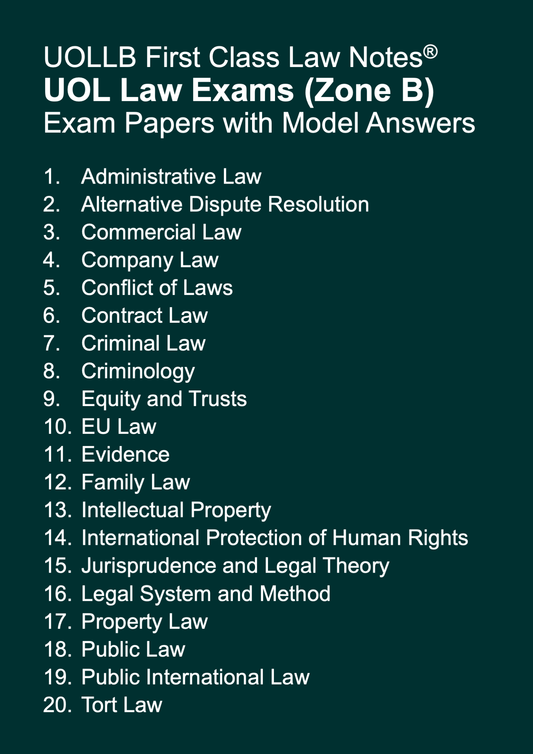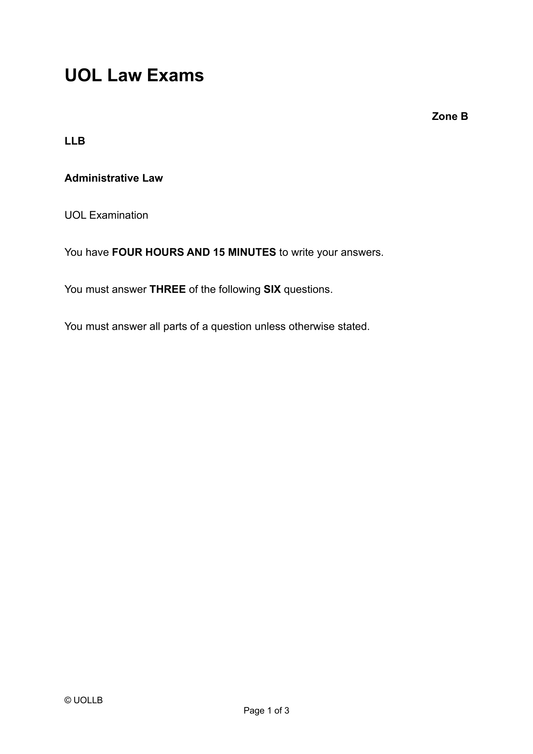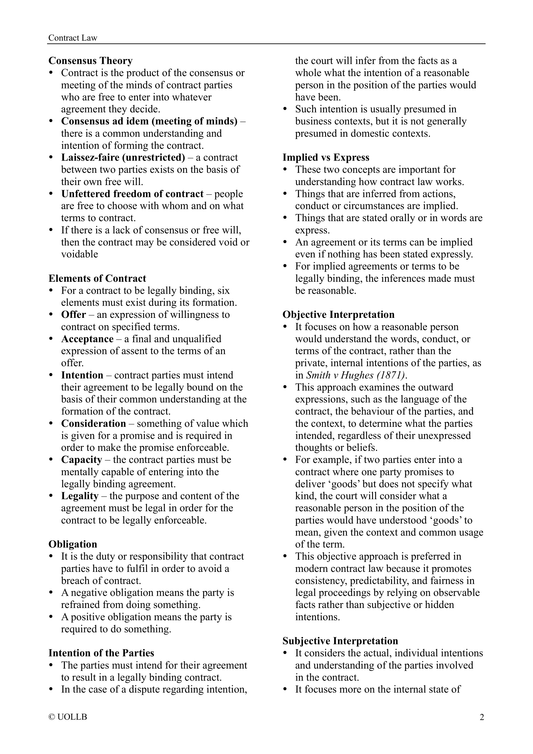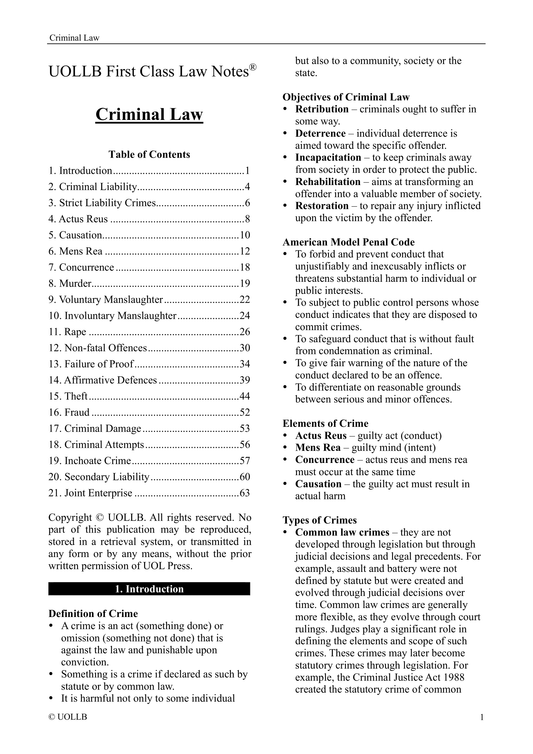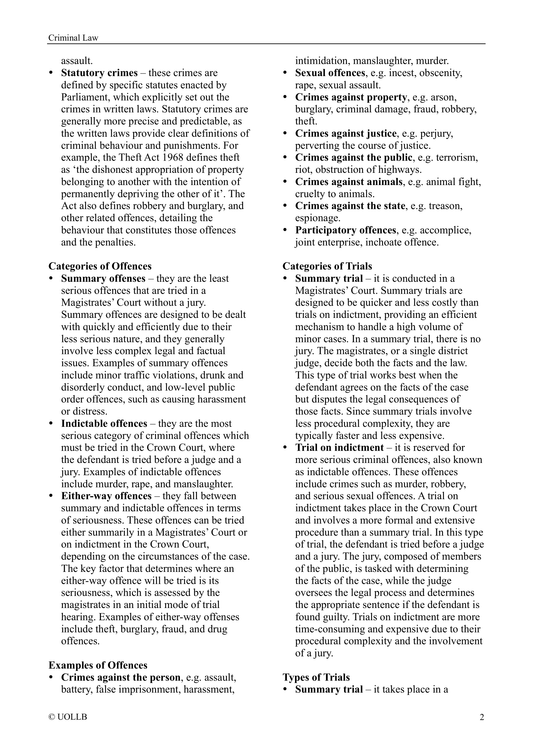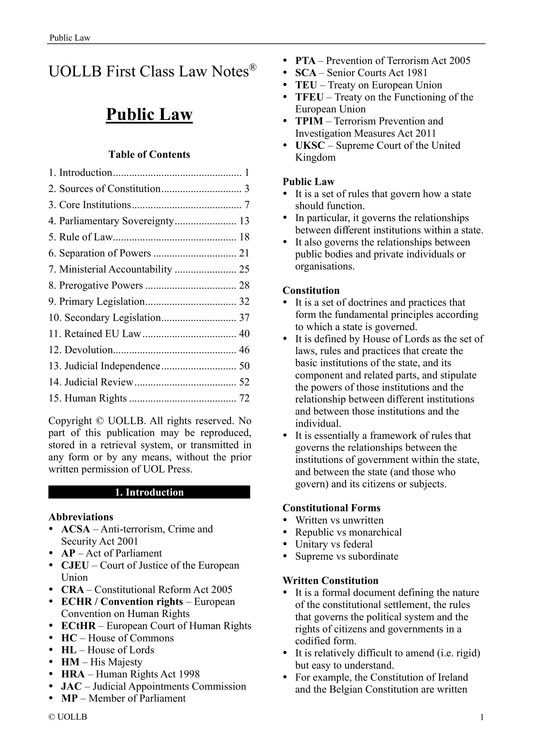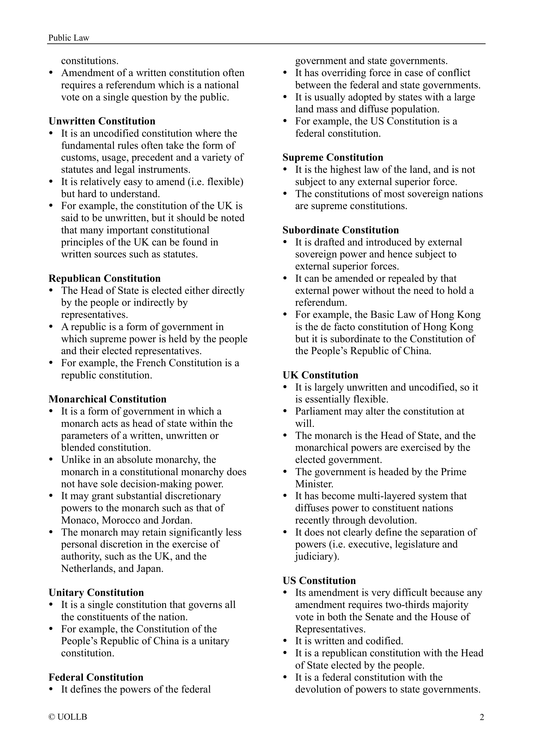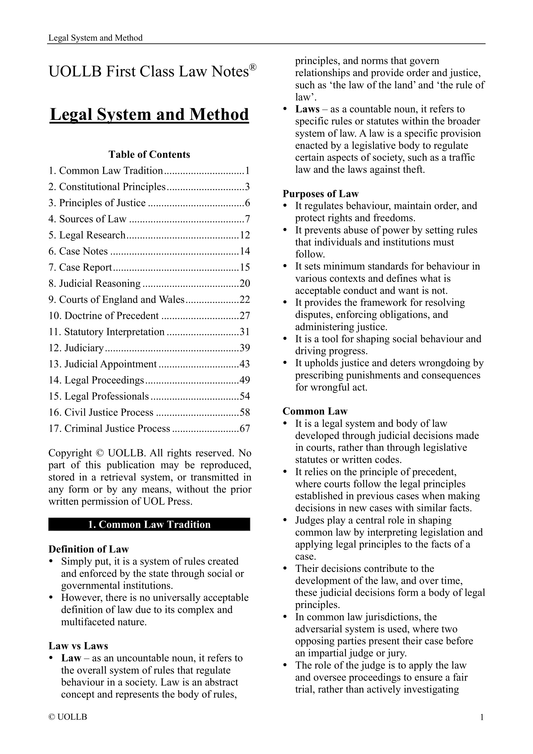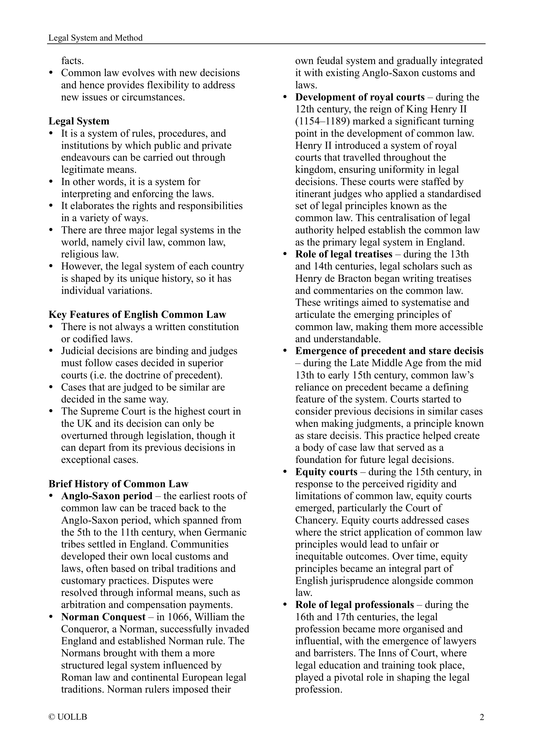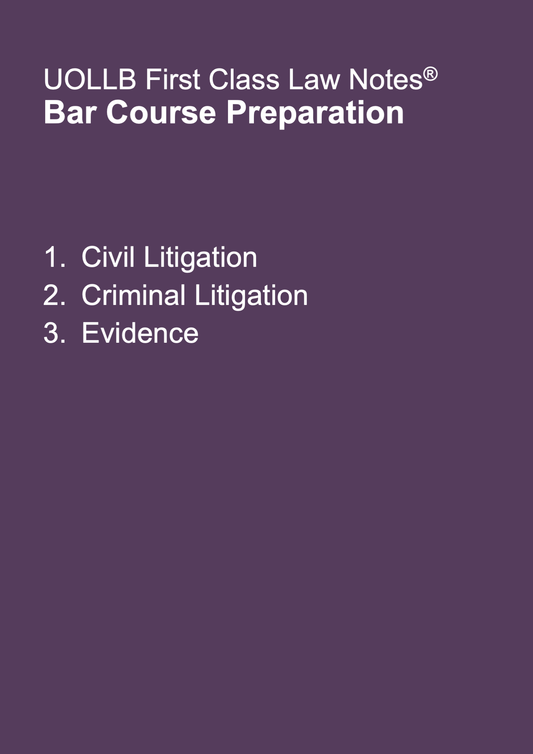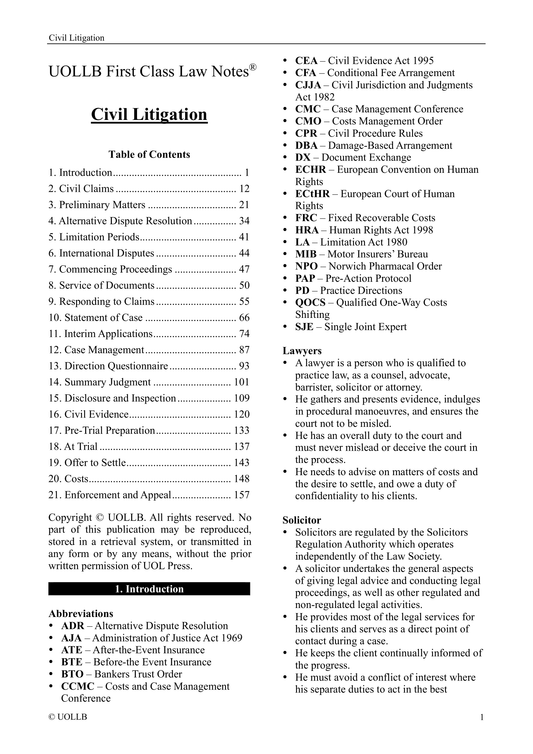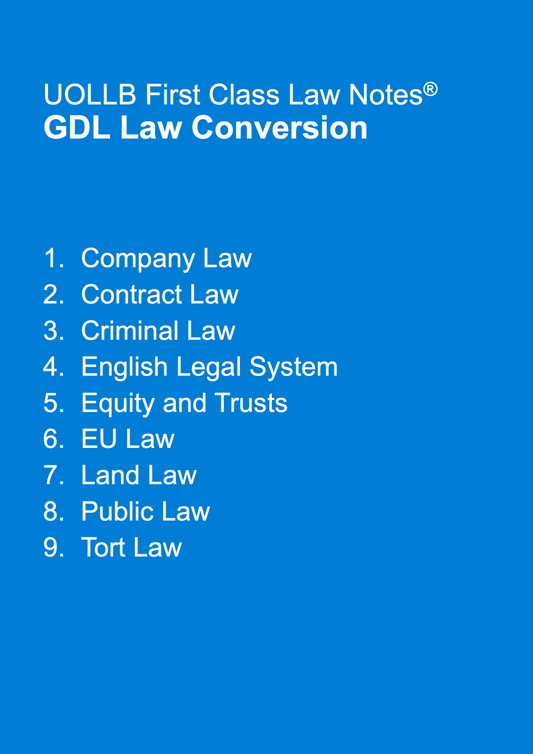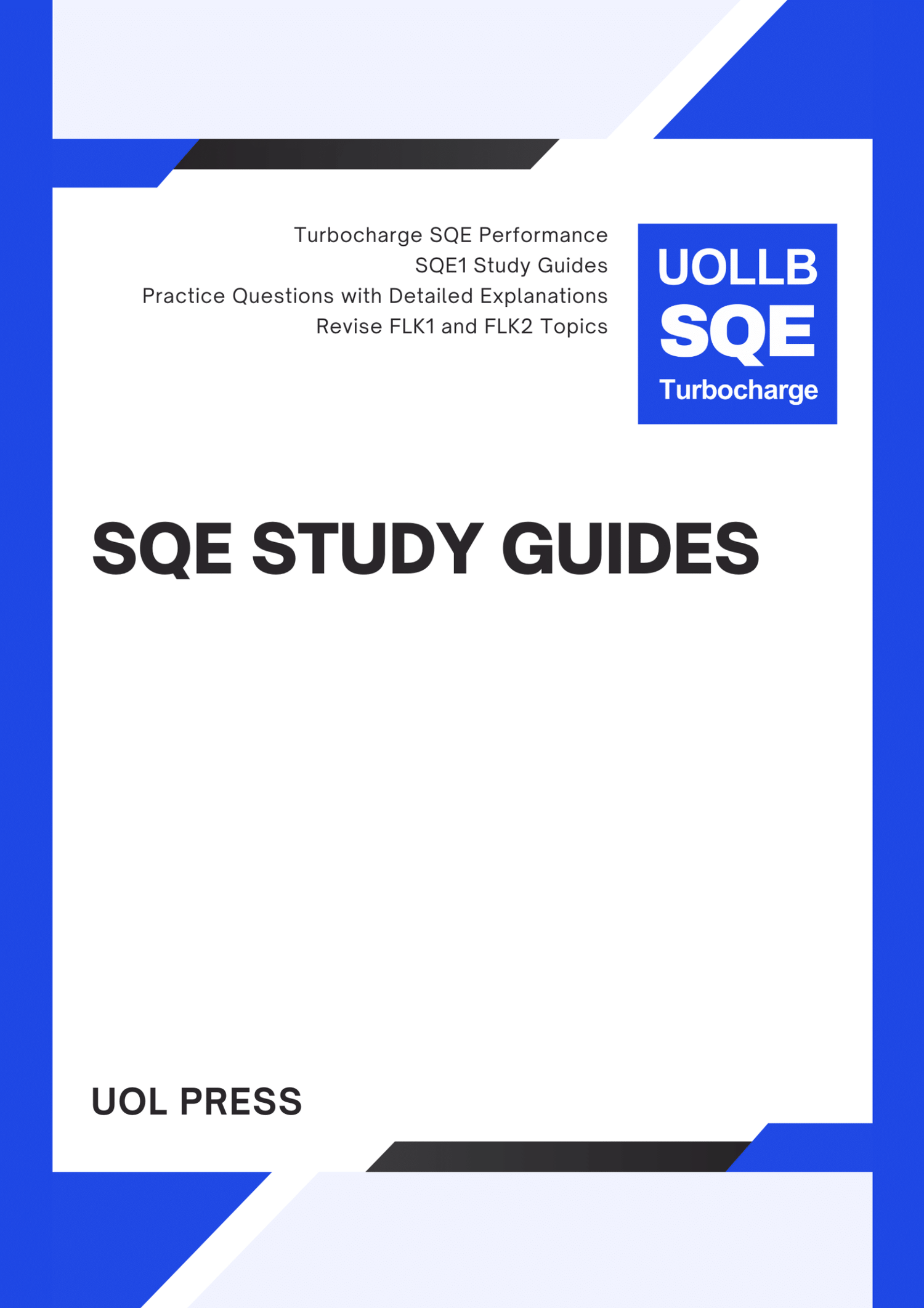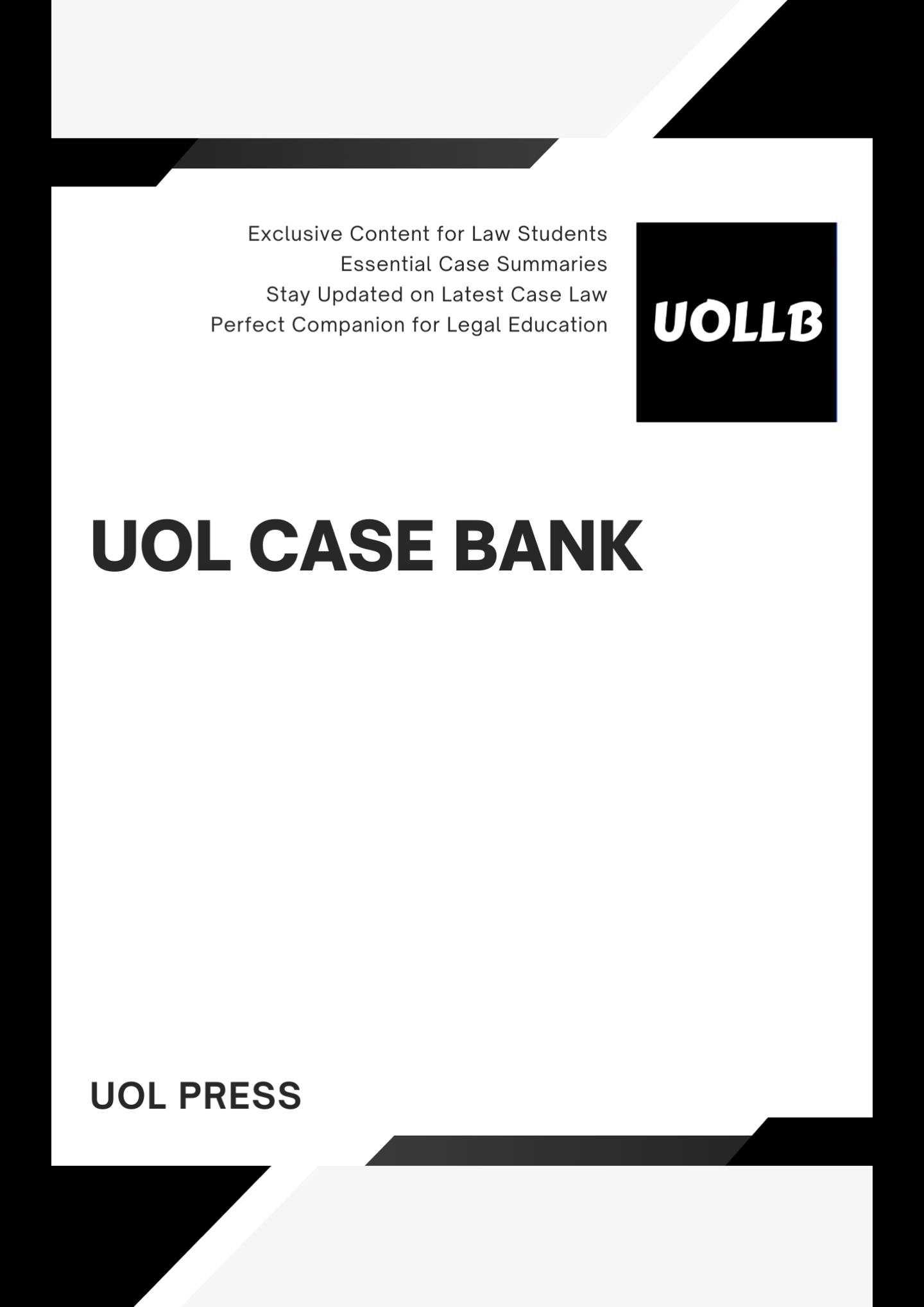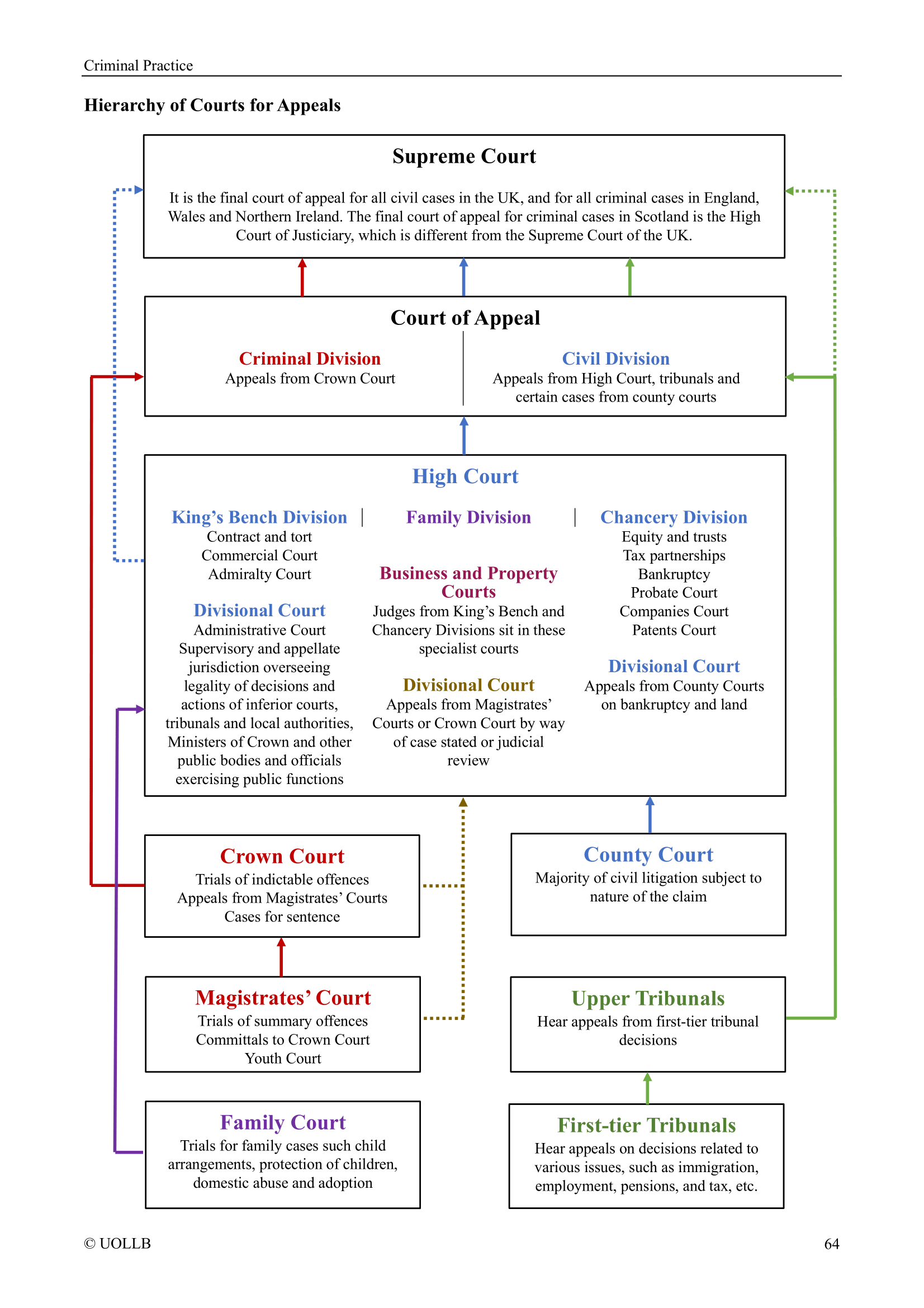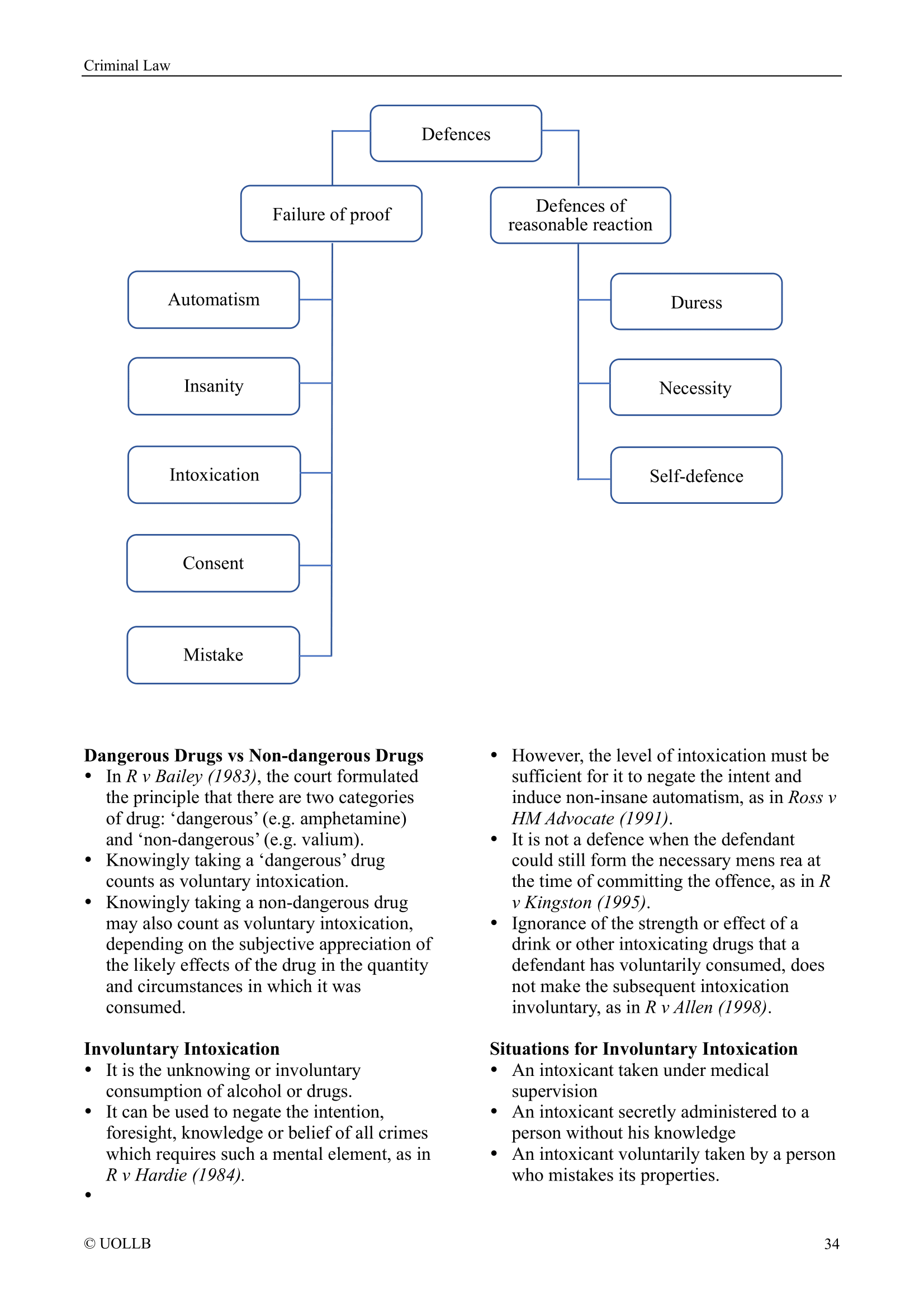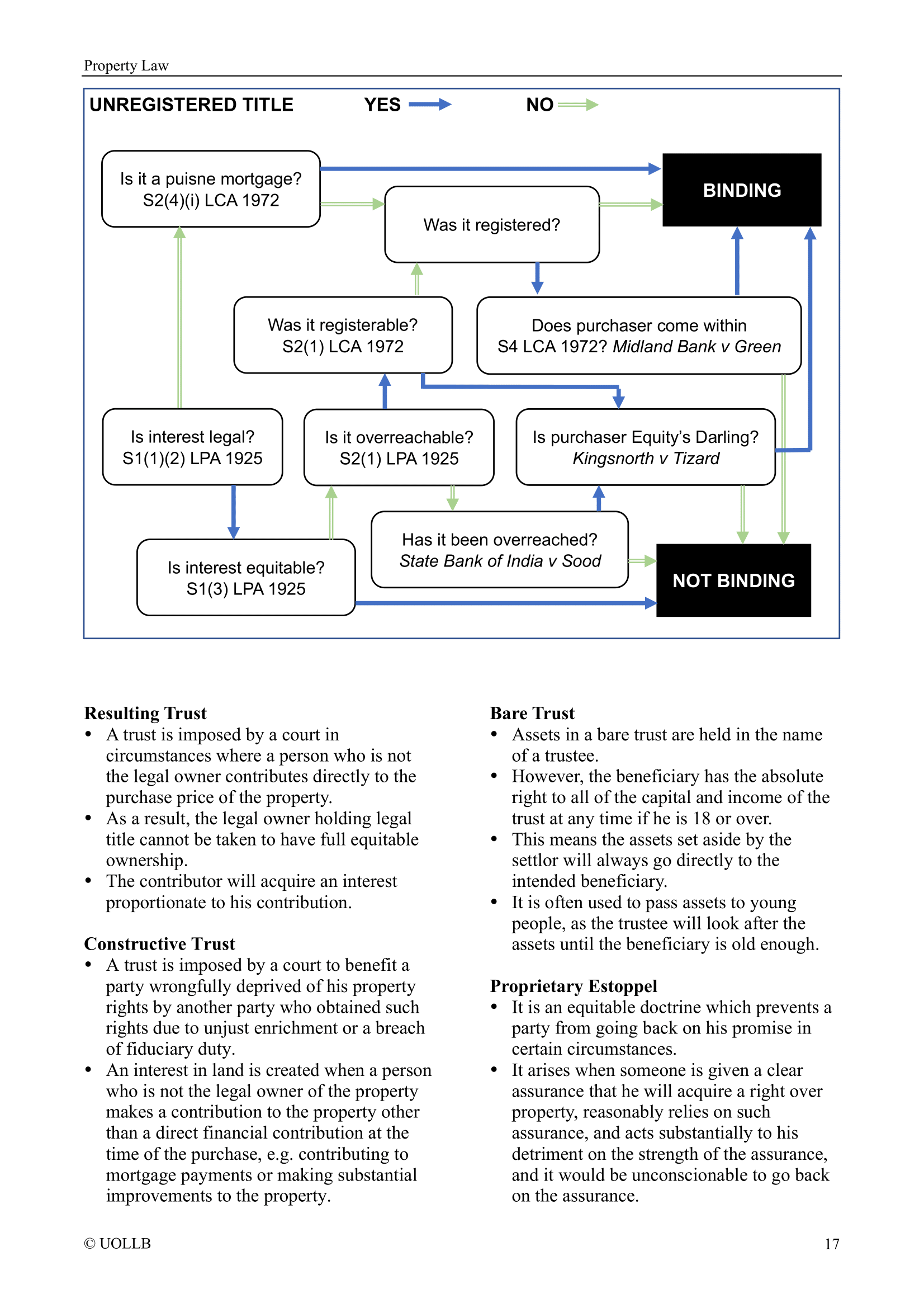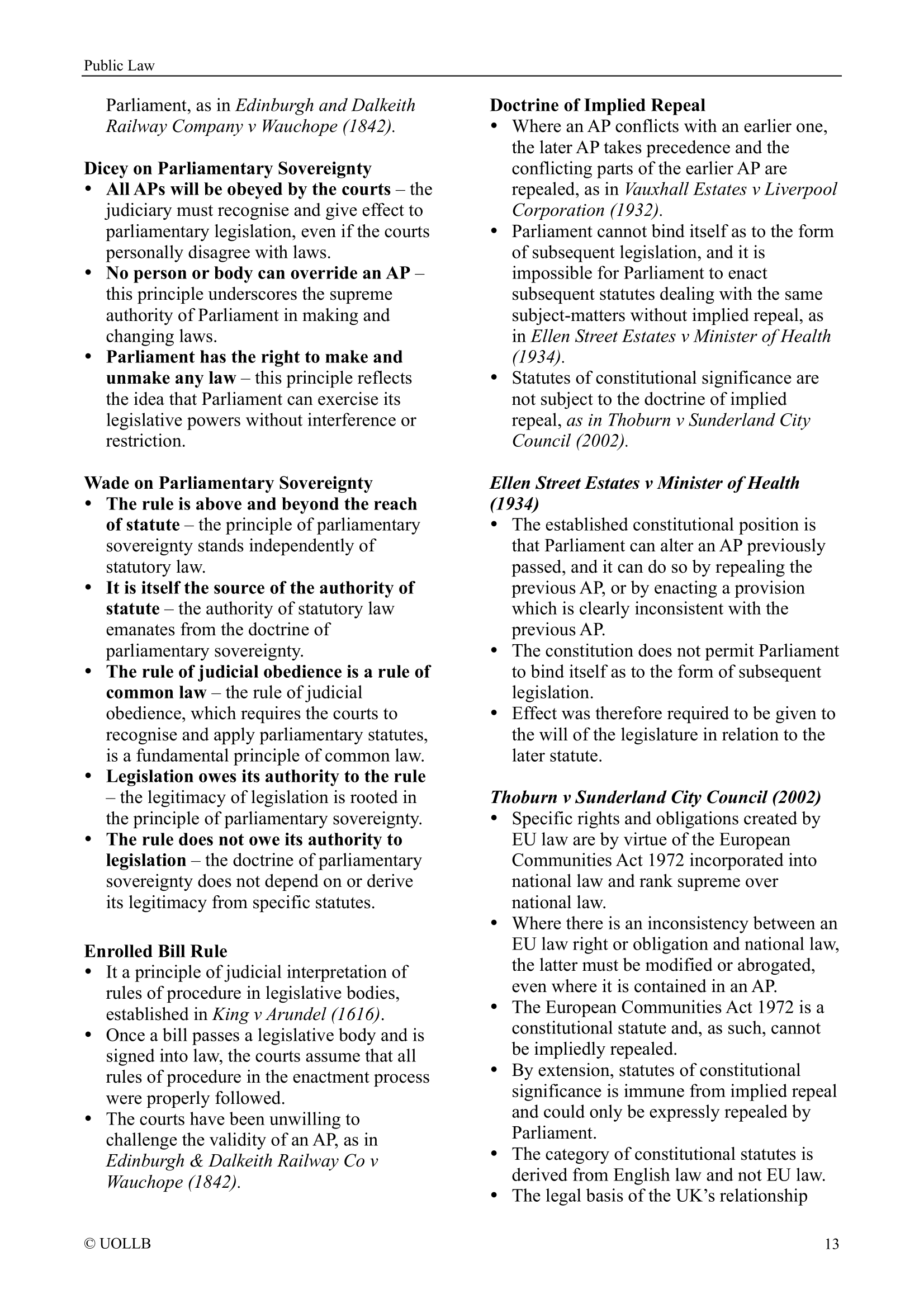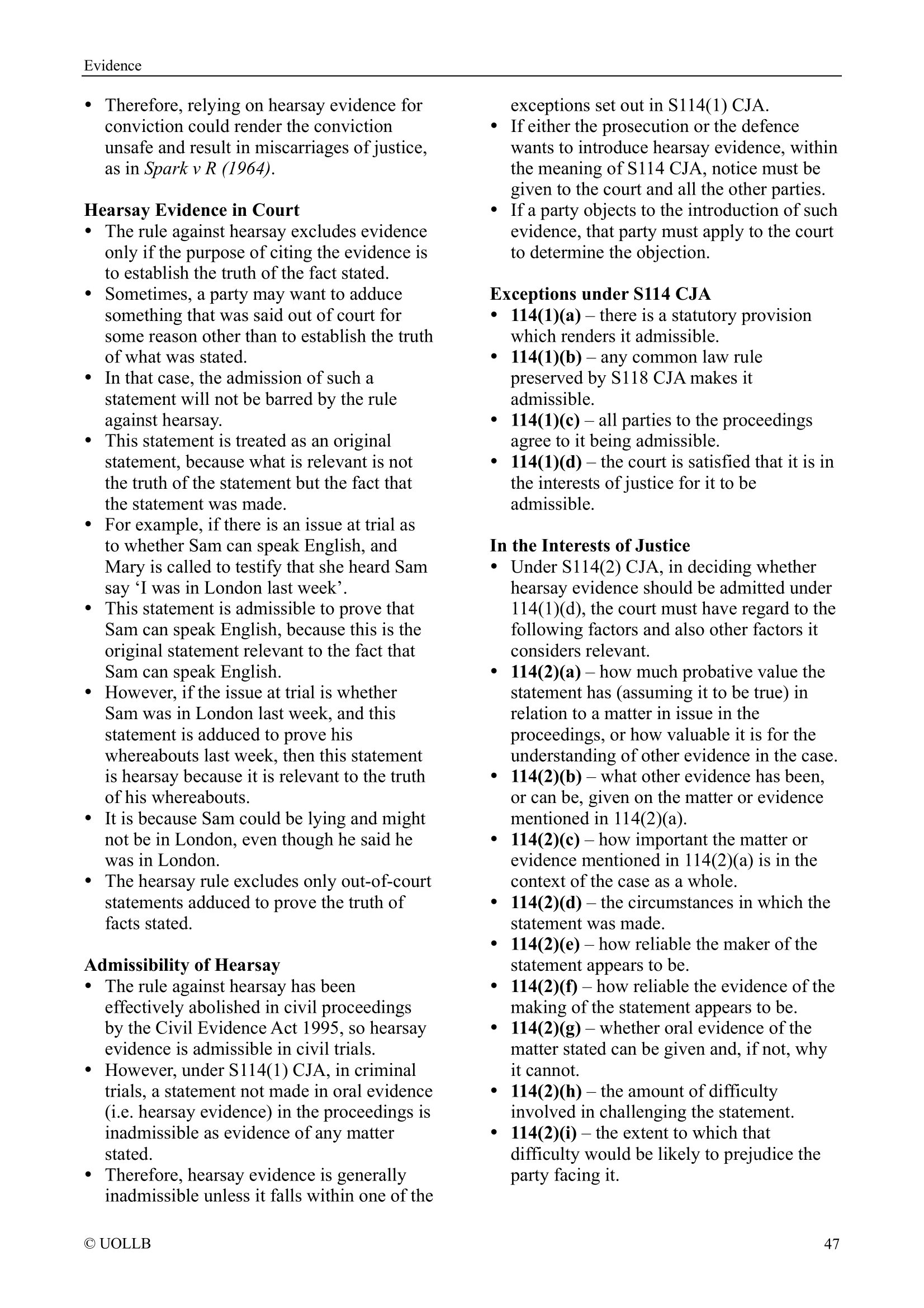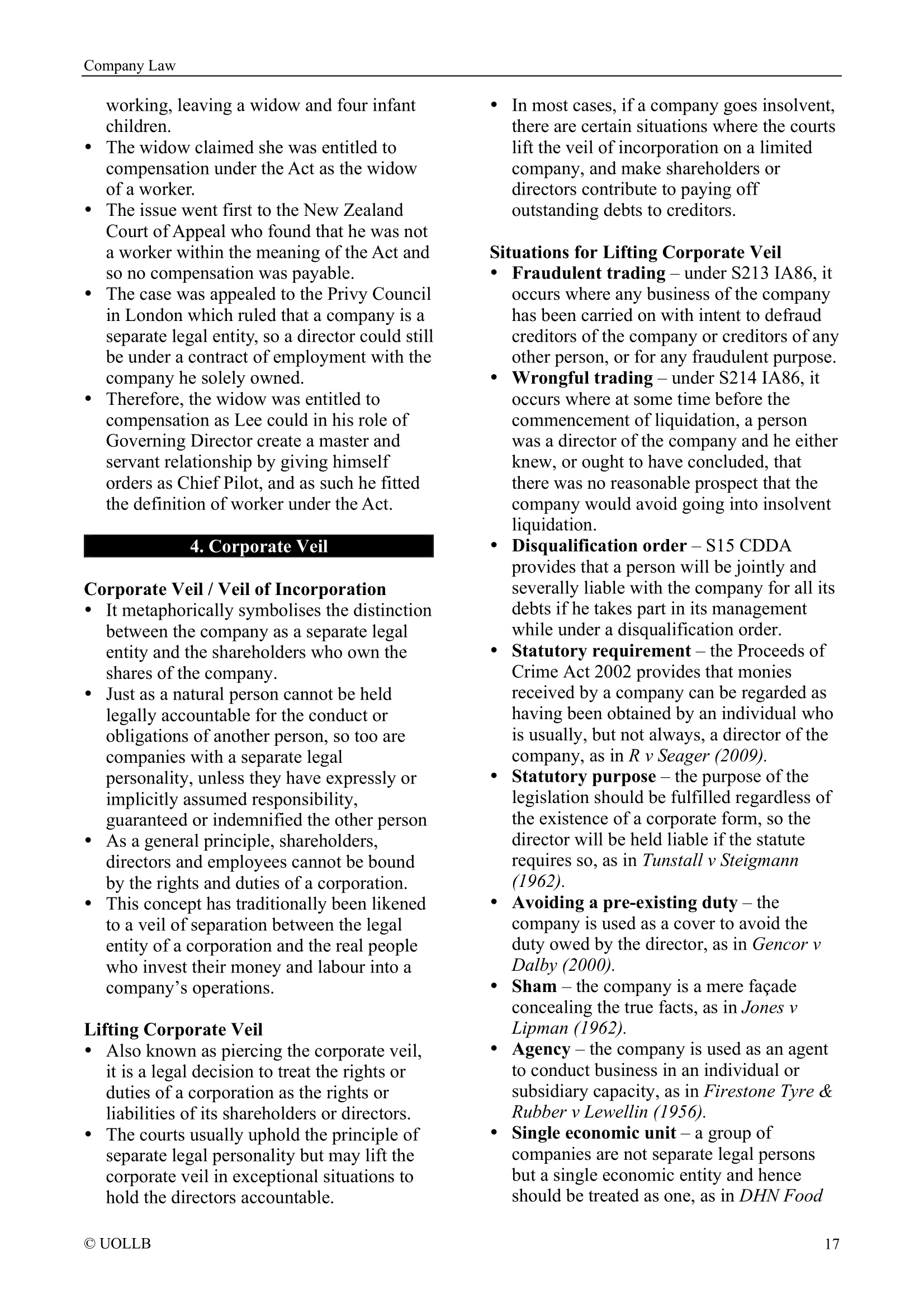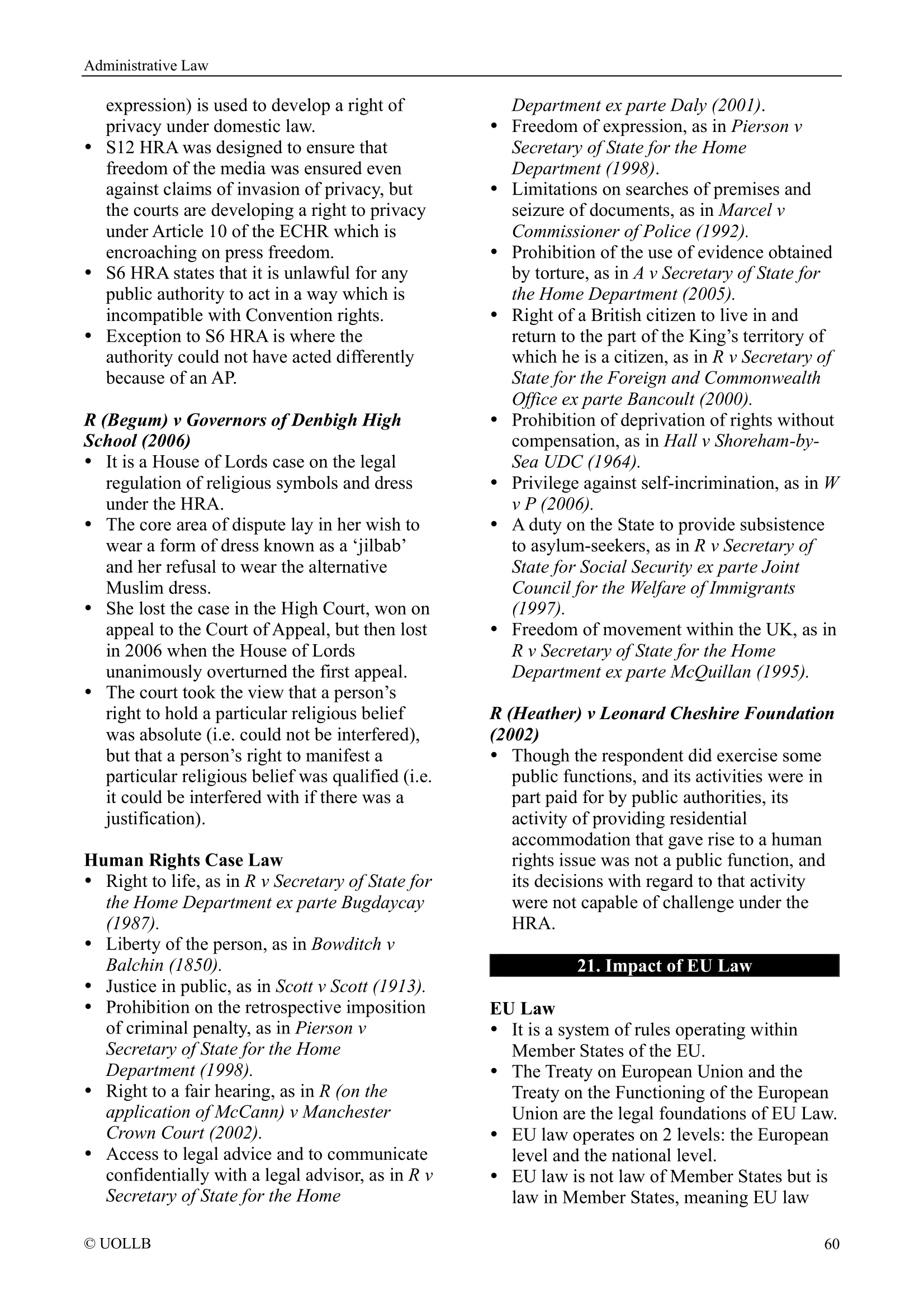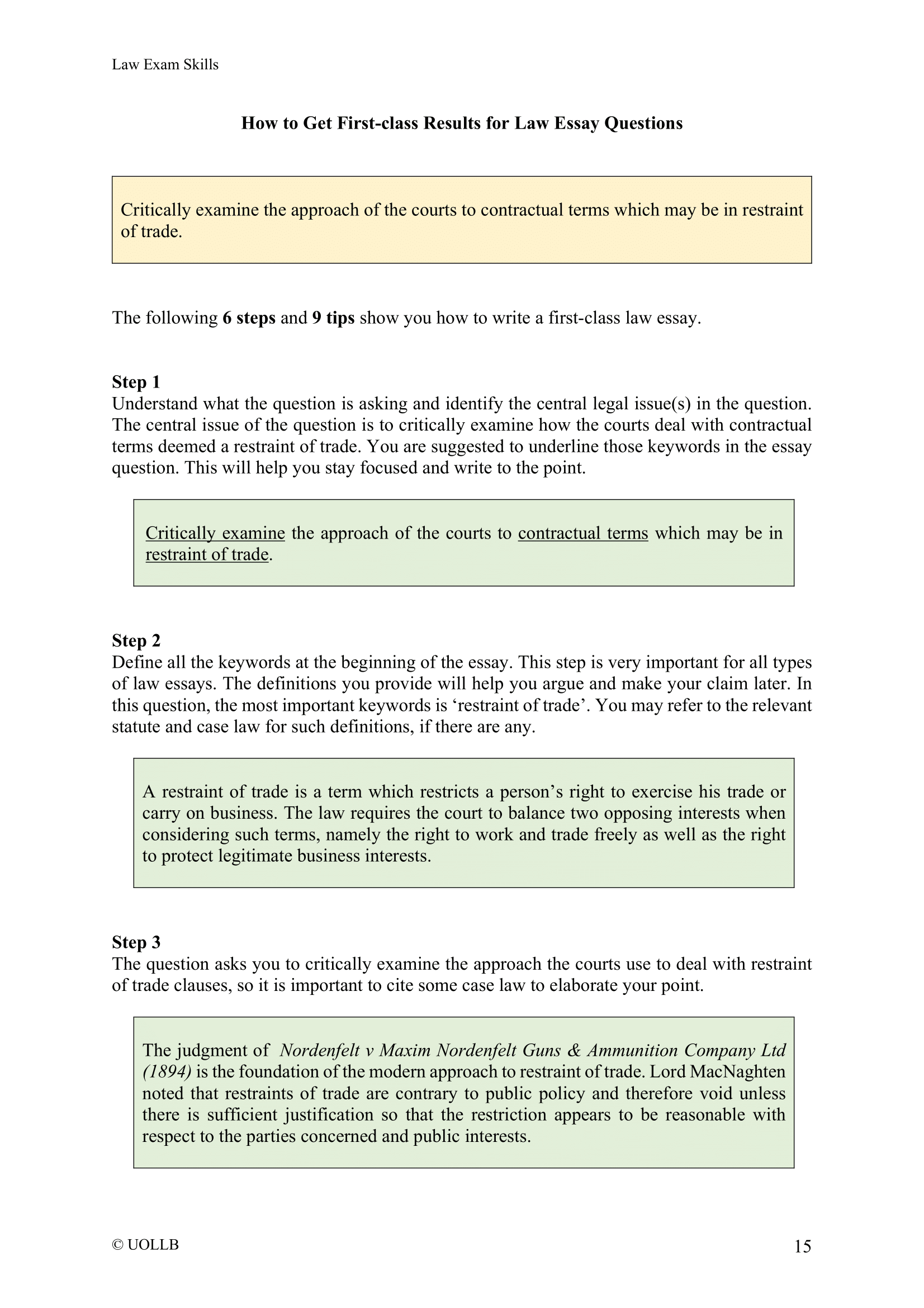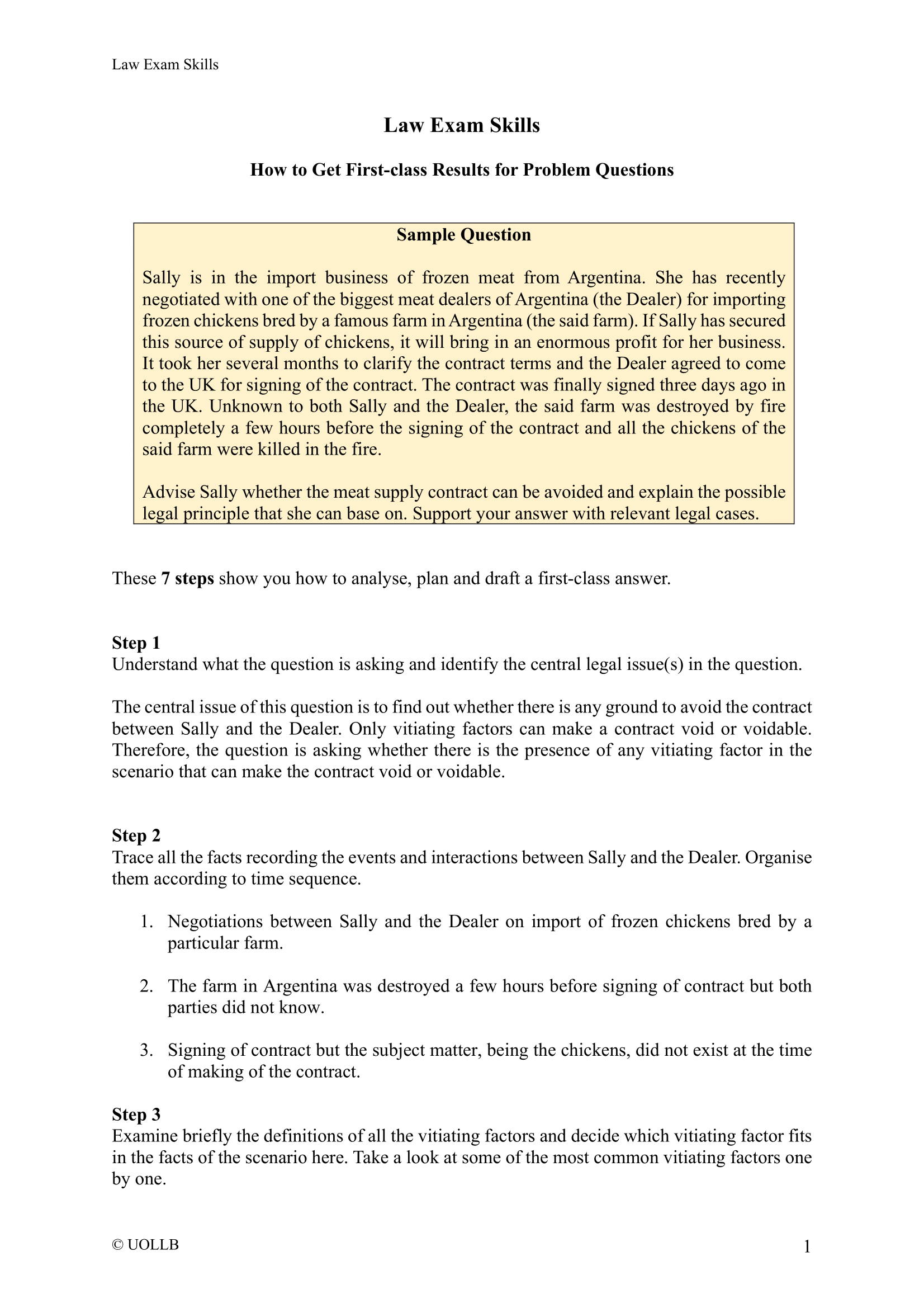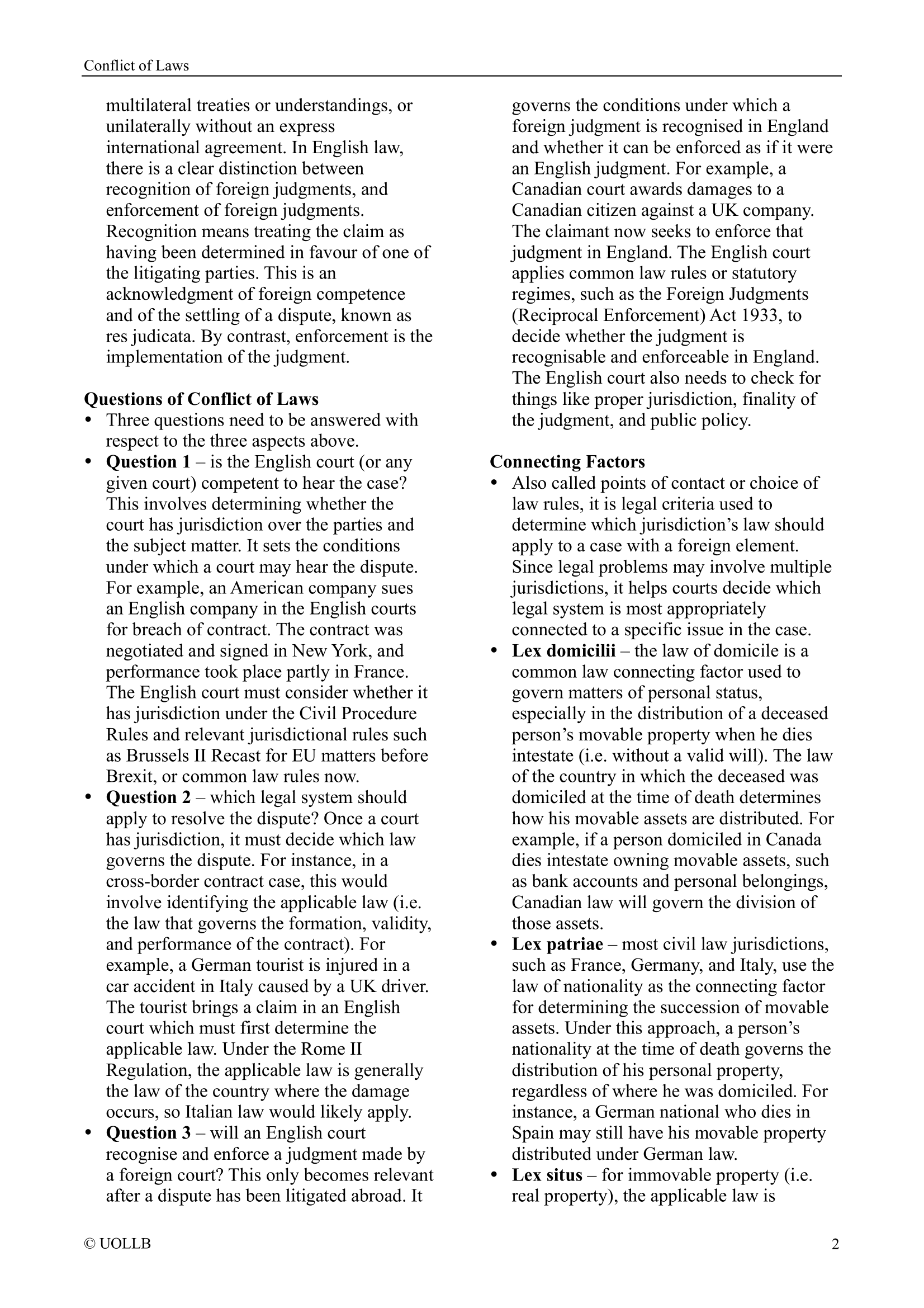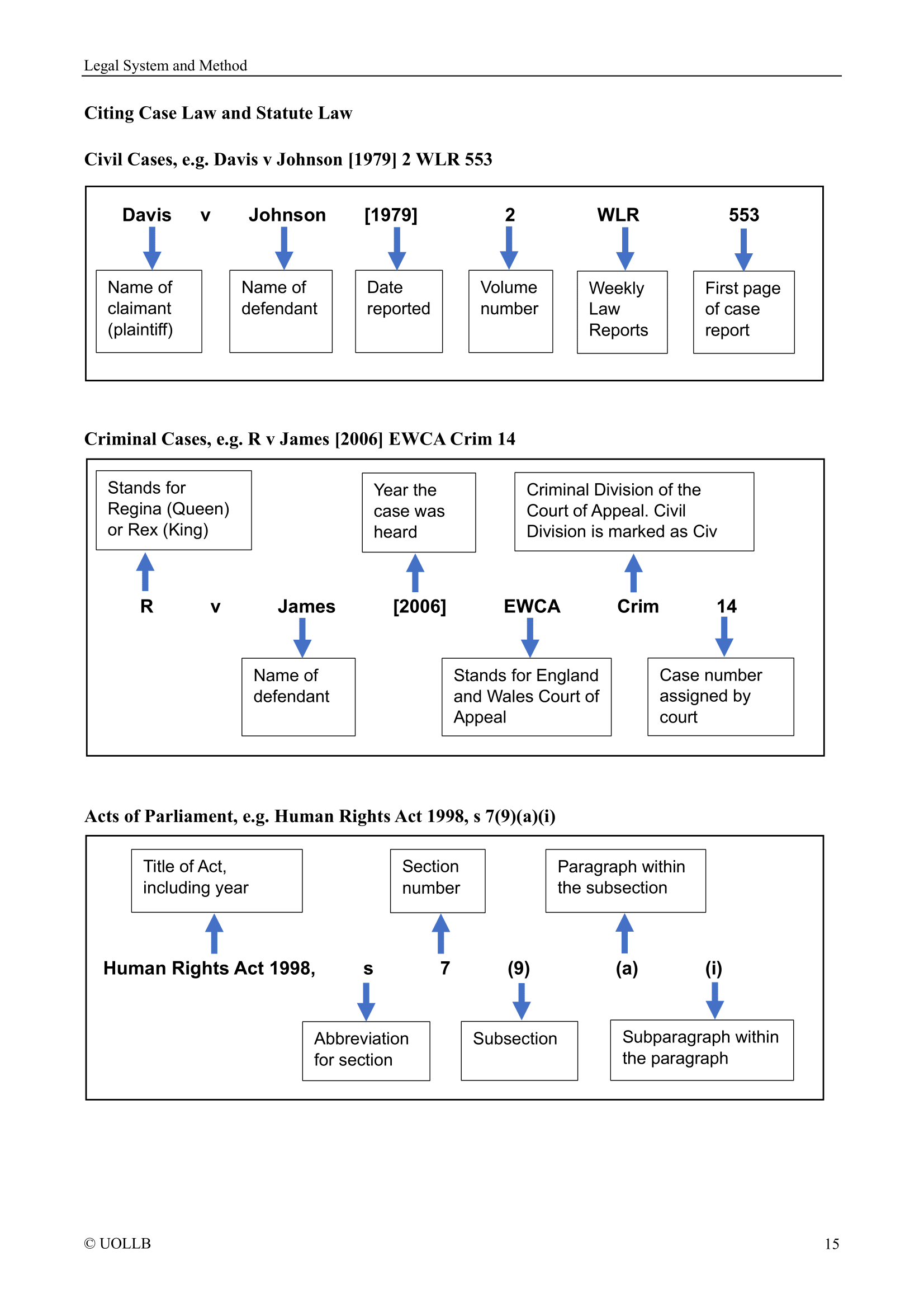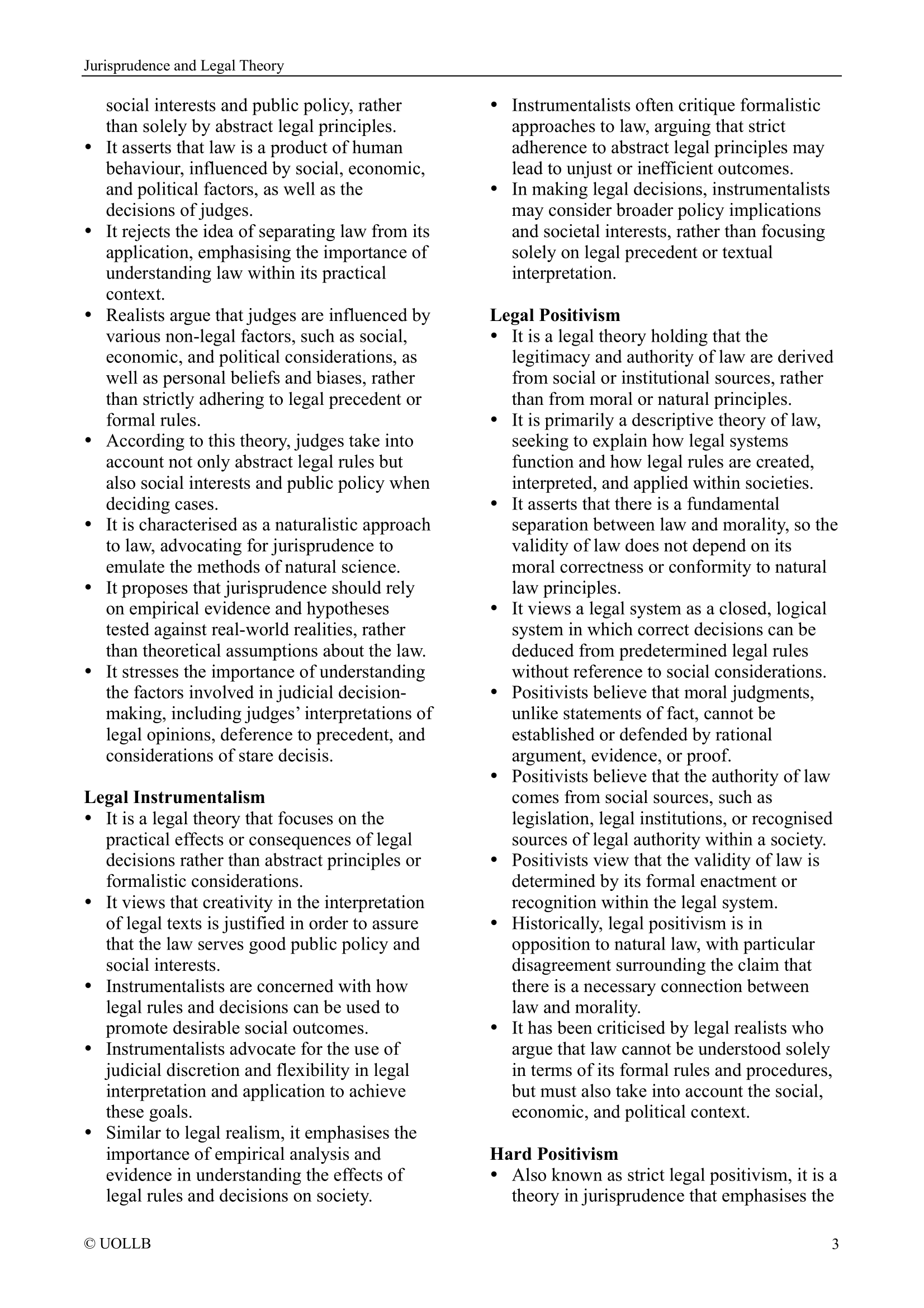Functions of Patent Claims
Share
The claims in a patent application play a fundamental role in defining the legal scope of protection for an invention. They are the specific statements that define the subject matter for which the inventor seeks exclusive rights.
Defining the boundaries: The claims establish the legal boundaries of what is protected by the patent. They describe the essential elements, components, or steps of the invention and their relationships. By defining the scope of protection, the claims determine what others are prohibited from making, using, selling, or importing without the inventor's permission.
Differentiating from prior art: The claims distinguish the invention from the existing prior art. They specify the novel and non-obvious features that set the invention apart from what was previously known or available to the public. By including these distinguishing features in the claims, the inventor asserts the inventive concept and establishes the uniqueness of the invention.
Scope of monopoly: The claims define the extent of the monopoly sought by the inventor. The breadth and specificity of the claims determine the range of potential infringing activities that would be covered by the patent. The claims can be drafted to encompass a broad range of embodiments or variations, or they can be narrower to target specific implementations of the invention.
Basis for examination: During the patent examination process, the claims are evaluated by the patent office to determine their patentability. The examiner compares the claims with the prior art and assesses whether they meet the requirements of novelty, non-obviousness, and enablement. The claims serve as the primary focus of examination and form the basis for any objections or rejections raised by the examiner.
Enforcement and licensing: The claims are crucial in enforcing patent rights and licensing agreements. In case of infringement, the claims are interpreted to determine if the alleged infringing activity falls within the scope of the patented invention. The claims also play a role in negotiating licensing agreements, as they define the rights that can be granted to others for using the patented technology.
Amendment and prosecution: During the patent prosecution process, the claims can be amended to address any objections or to narrow down the scope of the invention in response to prior art or examiner's feedback. Amendments must be supported by the specification and cannot introduce new matter. The claims may undergo multiple revisions to achieve a balance between the desired scope of protection and the patentability requirements.
The claims must be clear, precise, and adequately supported by the specification. They should be drafted carefully to provide the broadest possible protection while avoiding overly broad or ambiguous language. Skilled patent drafting and a thorough understanding of the technology and prior art are essential for effectively capturing the invention's novelty and securing meaningful patent protection.
